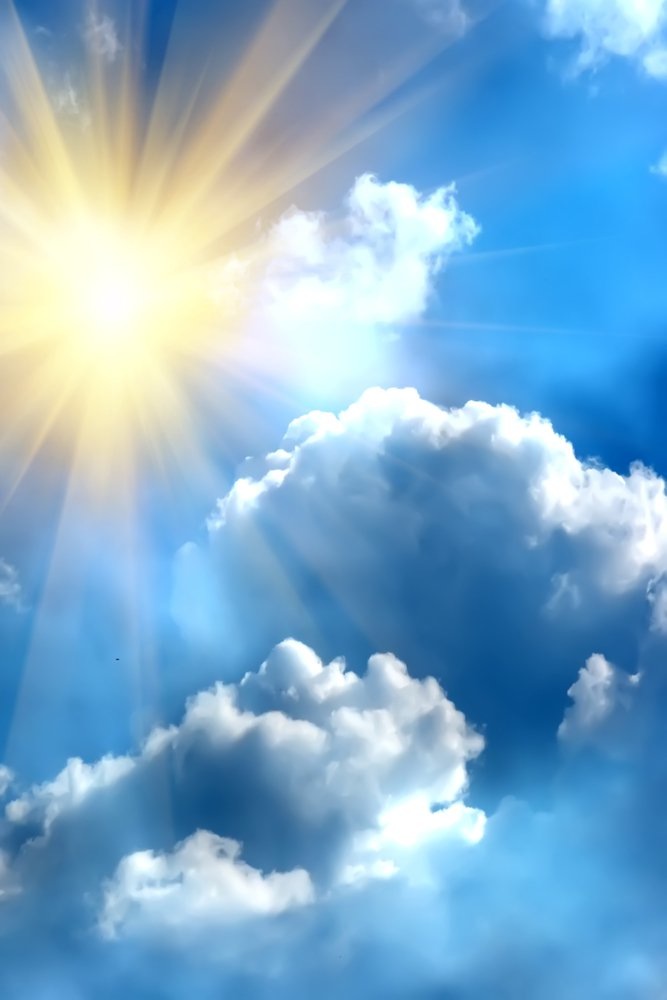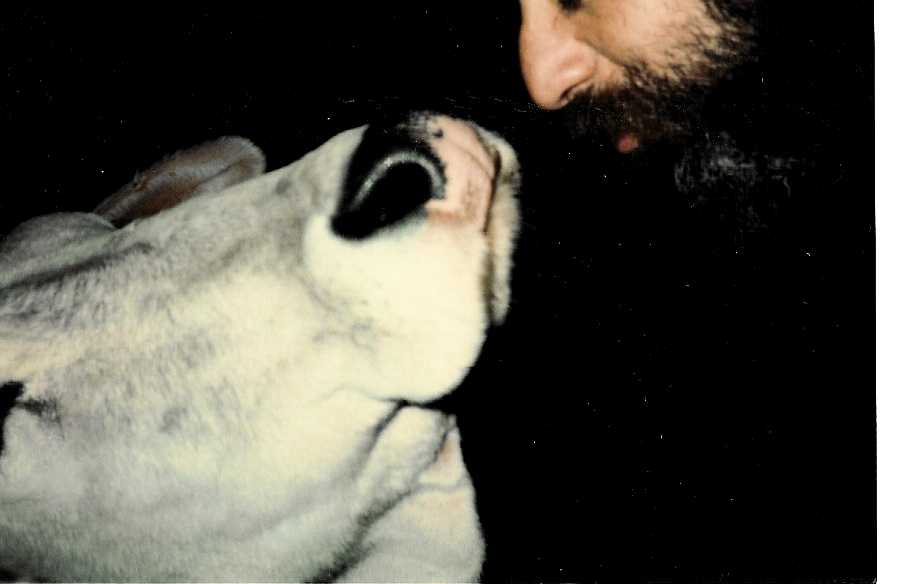Dealing With Death and Dying
~ Ron’s Memoirs
“In order to know through experience what happens beyond death,
you must go deep within yourself.
In meditation, the truth will come to you.”
~ Shri Dhyanyogi Madhusudandas
“As we lose our fear of leaving life,
we gain the art of living life.”
~ Ron Rattner, Sutra Sayings
“Face death to live life.”
~ Ron Rattner, Sutra Sayings
“Death is a vacation –
Eternal Life-force vacating a transient vehicle –
“a space-time soul suit”
~ Ron Rattner, Sutra Sayings
“It is in dying to ego life,
that we are reborn to Eternal Life.”
~ Prayer of St. Francis of Assisi (edited by Ron Rattner)

Ron’s Introduction to Dealing With Death and Dying
Physical death is inevitable and natural. But when I grew up it was largely a taboo subject in American society. Most Americans feared death, believing it ended life. They usually died in hospitals or other institutions, and not at home surrounded by family. And mostly they used euphemistic language to describe death.
Though the mystery of inevitable bodily death has long been a central religious and philosophical issue, my Chicago public school and Madison Wisconsin college courses, did not encompass that mystery – nor did my Jewish education.
Both my grandmothers had died before I was born. My paternal grandfather who I hardly knew died while I was quite young and I was not brought to his funeral. Not until later adulthood did I suffer loss of any other dear person or pet, or think much about death.
Until my mid-life spiritual awakening, I self-identified only with my mortal body, its thoughts and its story, and I assumed that death of the physical body ended life. So I had no knowledge, opinion or belief concerning reincarnation or afterlife in ‘heaven’ or ‘hell’, or of an immortal “soul”.
During college days in Madison, Wisconsin, while imprudently and unskillfully swimming too far from shore in Lake Mendota, I nearly drowned and unforgettably experienced a mostly subconscious fear of death. Fortuitously, in the nick of time, I was sighted and rescued by boaters.
For many years thereafter, as a (non-swimming) relatively young and healthy person, I neither consciously confronted nor philosophically considered that innate fear of death.
Then in my early forties, I had transformative experiences of spiritual self-identity and afterlife: I realized that I was not merely my body, its thoughts and story, but eternal and universal awareness. And I began seeing visions of apparent past lives, and inner and outer appearances of deceased people, including my maternal grandfather and Mahatma Gandhi, my first perceived inner spiritual guide.
So, I began accepting perennial Eastern ideas of reincarnation and transmigration of an eternal soul, while gradually losing fear of inevitable physical death. Then, on meeting my beloved Guru, Shri Dhyanyogi Madhusudandas (on the luckiest day of my life), I learned that from childhood he had been preoccupied with two perennial puzzles: “Who am I?” and “What is death?”; that at age thirteen, inspired by irresistible inner longing, Guruji had run away from home in search of experiential answers to those eternal questions.
Inspired by Guruji, I became religiously transformed from
“Secular Hebrew” to “Born-again Hindu” to “Uncertain Undo” and “Beyond”.
And I developed a deep curiosity and philosophical interest in the spiritual significance of death and dying, reincarnation, and karma.
Elsewhere, on SillySutras.com I have shared many experiences, essays and poems on these subjects. (See, for example, https://sillysutras.com/category/afterlife/; also https://sillysutras.com/death-afterlife-rebirth-easter-reflections-on-resurrections/)
Ultimately I concluded that cosmically there is no death; that
“Birth and death are virtual, while Divine Life as LOVE is perpetual”.
(See e.g. https://sillysutras.com/know-death-to-know-life-know-death-to-know-that-there-is-no-death/ )
Consequently, I became ever more detached and less fearful about my own inevitable (and perhaps imminent) bodily death. But, my detachment about my own demise did not negate my compassionate concern for loss of others – especially dear ones – and my wish for their auspicious transitions. This became evident when at age sixty-one I was, at long last, confronted with my dear father’s last illness and passing.
Here is what happened.
Dealing with my dear father’s last illness and death
My dear father, Harry, came into this world on December 14, 1904, with a very strong body which served him well and without serious disease or disability until age 88. Then beginning in 1993 he had a series of ailments which proved terminal.
First he suffered an extremely painful and protracted case of herpes shingles for which he was treated with Prednisone, a powerful immune system depressant, which weakened him. Soon after recovering from that affliction, while already debilitated he had an intestinal hernia injury, so painful that he was hospitalized and suffered greatly before and after emergency abdominal surgery. Then he soon developed congestive heart disease with lungs filling with liquid and mucus. And finally he was diagnosed with lung cancer – a terminal disease which he had averted despite being a three pack a day cigarette chain smoker from teen age until age sixty. Amazingly, he had will power to immediately quit smoking cigarettes on publication of the 1964 US Surgeon General’s report confirming cigarette carcinogenicity and toxicity.
My Dad had enthusiastically enjoyed his long life, especially after his retirement and move from Chicago to the California Bay Area, near his children. But he was not anxious to prolong that life while he suffered painful terminal disease. Once, when I visited him in the John Muir Hospital, sadly he confided in me: “Ron, they put dogs and cats out of misery, but make people suffer. If Doctor Kevorkian was in this area and not Michigan, he’d be my doctor.”
Though, as a law-abiding “born-again Hindu” I had mixed emotions about euthanasia, I felt great compassion for my father and wanted to do whatever would be spiritually appropriate to mitigate his suffering and assure his most auspicious possible transition. So, I consulted my Brahmin Vedic pundit-astrologer friend Pravin Jani, father of Guruji’s successor, Shri Anandi Ma.
Pravinji recommended that I recite certain Sanskrit mantras and that I make two extraordinary charitable donations dedicated to my father: first, that I give to a chosen charity a gift of actual gold – not money; and second, that I purchase and give a holy cow to an Indian ashram. So, with heartfelt compassion for my father, I began reciting the mantras and arranged the unusual donations in his honor.
First, I donated rare American eagle gold coins to New Dimensions Foundation, where I was a Board member. Then, through arrangements by my daughter Jessica who was then living on Ammachi’s Kerala ashram, I acquired and donated to the ashram a holy cow, where it was gratefully received.
“Why” you may ask “was it considered propitious to donate a cow to an Indian ashram?” Because in India cows were revered as sacred animals by millions of Hindus. Hindus believed that their Divine Avatar Krishna incarnated 5,000 years ago as an enchanting cowherd. He is often described as Bala-Gopala, “the child who protects the cows.” and as Govinda, “one who brings satisfaction to the cows.”
I learned about holy cows during my 1982 sacred pilgrimage to India. One of my most memorable images of that trip, was of stray cows roaming free and obstructing traffic on busy Calcutta streets as our tour bus approached the downtown hotel where we were staying. Later, in the holy city of Rishikesh, I communed with and kissed one of the sacred small cows on the Sivananda, Divine Life Ashram.

Ron Kissing Holy Cow at Rishikesh, 1982
Many Indian ashrams and rural Indian families have at least one dairy cow, using it for milk, curds, butter, ghee and dung as fuel for pujas (ritual ceremonies). Thus, the cow remains a protected animal in Hinduism today, revered by most Hindus, who do not eat beef.
When I stayed at Ammachi’s ashram in 1992, the ashram had one cow. It’s limited dairy products were used mostly for feeding Ammachi and some swamis, but were insufficient to supply other ashram residents. However, with special dispensation, for a few days Jessica obtained for me one morning cup of curd (yoghurt) which helped heal the severe intestinal upset with which had I arrived at the ashram, suffering food poisoning from a Brahmin wedding feast in Ahmedabad. So the following year I was especially happy to repay that ashram cow’s blessing by donating another sacred cow to be its companion.
Apparently my bovine and gold donations and prayers did not prolong my father’s life. But I have faith that they helped his transition to a heavenly afterlife. When it became evident that Dad’s days here were numbered, at his request he was released from hospital to hospice care at home in March 1994.
To help, I started sleeping at my parents’ Walnut Creek apartment. On the night of March 10, 1994, sensing that Dad’s death was imminent, I stayed awake reciting Sanskrit mantras, especially a mantra recommended by Guruji for auspicious transitions of those destined to die. As I fervently recited mantras, I felt enhanced subtle energies and entered a clairsentient state. Then, though Dad was sleeping in another room, I felt the departure of his spirit. The next morning he was gone, and I helped my mother with required post-death arrangements.
My experiences after my dear father’s transition, and concluding comments about Death and Dying
That night, exhausted by the stress of prior days, I returned to San Francisco where I slept soundly in my ‘high-rise hermitage’. Just before awakening, and while I was in a semi-sleep state, my dear father fleetingly appeared in a vivid inner vision. He looked as he did during the prime of his life, rather than as a debilitated old man. Telepathically he assured me he was fine and then disappeared.
Later, when I told Indian friends what happened, they informed me that Dad had died on Maha Shivaratri (the ‘Great Night of Shiva’) considered the most auspicious holy night of the year by millions of Hindus.
Soon afterwards I received another extraordinary assurance of Dad’s favorable transition as I was driving to Shri Anandi Ma’s home in Antioch for a weekend meditation program. En route, I had picked up as passengers Anandi Ma’s parents and brother Umesh at their Berkeley apartment. Like his revered sister, Umesh then spent many hours daily in deep meditation often communing with Guruji’s ishta devata, Hindu monkey-God Lord Hanuman, considered an incarnation of Shiva.
As we traveled to Antioch, Umesh said to me: “Ron, I have a message for you from Hanumanji.” With extreme curiosity, I asked about that message. Whereupon, Umesh replied: “Hanumanji says, don’t worry about your father, we’re taking care of him.”
Six months later, on August 29, 1994, Guruji took mahasamadhi at age one hundred sixteen, and joined the heavenly host caring for my father and countless others. So, heeding Hanumanji’s assurance, I’m not concerned about my father. Instead, as I too approach the end of this precious lifetime, it is my heartfelt aspiration to help through self-purification and compassion not only family dear ones but all other suffering sentient beings with whom we energetically remain inseparably connected.
And so may it be!
Ron Rattner